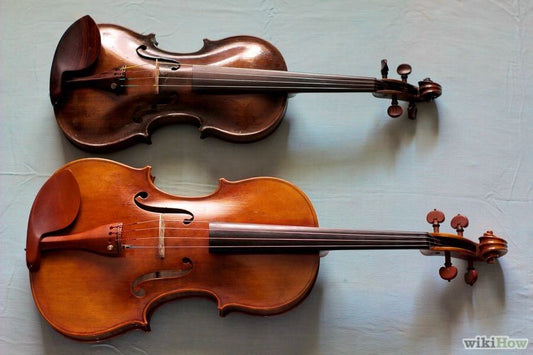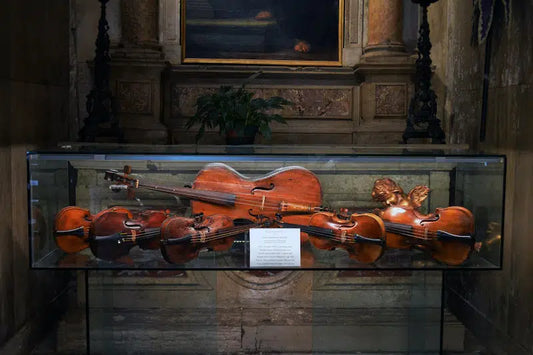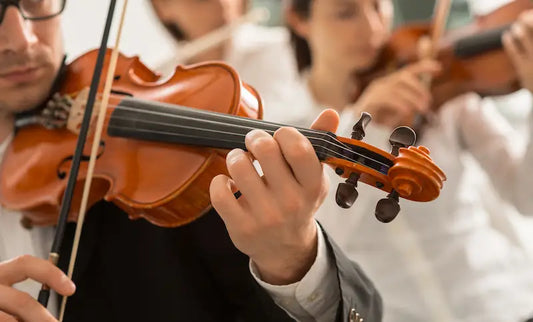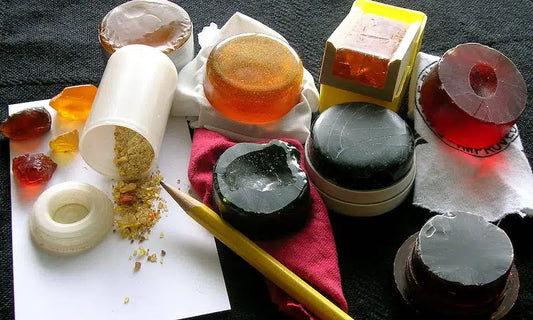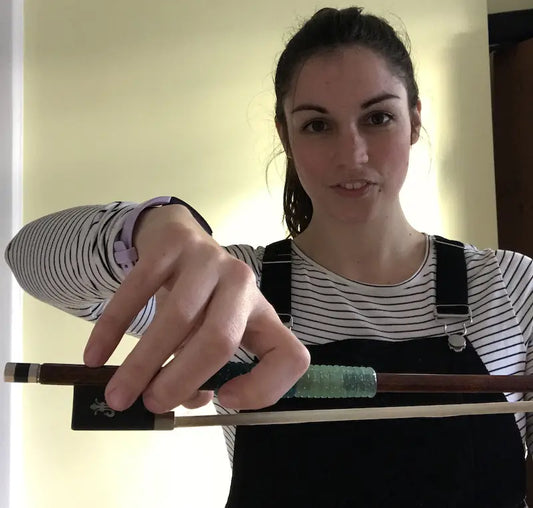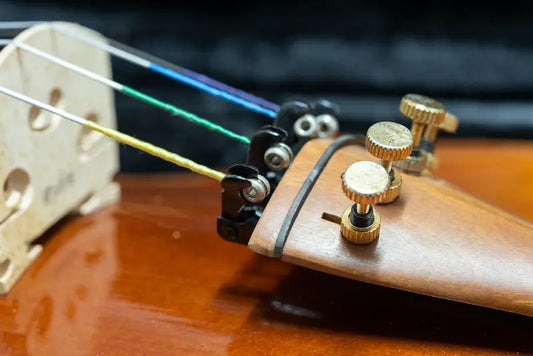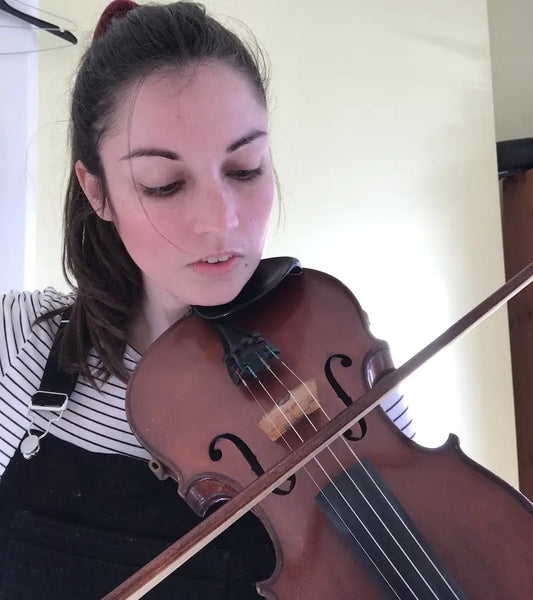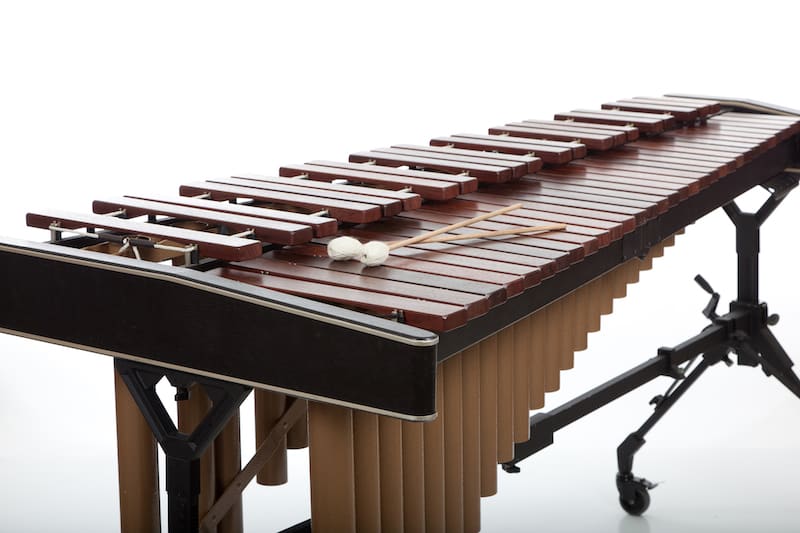
15 Facts About The Xylophone You Probably Didn't Know
The Xylophone is one of the funniest musical instruments out there, with its bright and cheerful sound it's considered an instrument that brings laughter. Xylophone has a long history and it occupies an important place in music.
Basically, the xylophone consists of a set of tuning keys arranged similar to the keyboard of a piano. If you are intrigued by this unique instrument, here are some interesting facts about the xylophone that you may not have known.
1. The origin of the xylophone is a mystery
No one can really know for sure where the xylophone came from. To this day, the exact birthplace of this musical instrument remains a mystery although it is present in many different cultures such as the traditional music of Africa, Southeast Asia, Melanesia, Europe. , etc
As far back as 2000 BC in China, a wooden harmonica is said to have existed, having 16 wooden hanging rods. Around the same time in the Hindu territories, a xylophone-like instrument known as the 'ranat' is also said to have appeared. In addition, evidence of widespread use of the xylophone in Southeast Asia is found in many temple illustrations showing musicians playing the same instruments.
2. Xylophone has many names
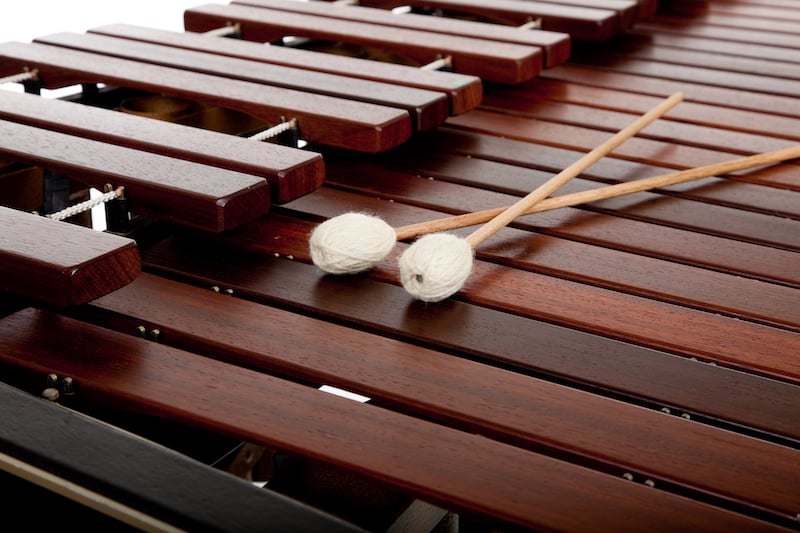
A notable member of the family of percussion instruments, the xylophone has been around for a long time thanks to its simple construction. Thus, this led to the existence of different versions of the xylophone across many cultures. For example, the xylophone was called a "wooden clatter" meaning "wooden clatter" in Europe around 1511, which was later changed to "straw fiddle".
Other names for xylophones include:
Bafalon - this is the African xylophone.
Mbilia - this is used to refer to the xylophone in Mozambique.
Silimba - this is the name of the xylophone in western Zambia.
Gyli - used to refer to the xylophone in Ghana, Mali, Burkina Faso and West Africa.
3. Xylophone is not just made of wood
As with many percussion instruments, the xylophone was first made of wood. In Asia, early versions of the xylophone were often made with wooden slats mounted on gourds. With the development of mankind and the advancement of construction techniques, xylophones are no longer just made of wood. Nowadays, we can see xylophone frames made of metal.
4. Xylophone has other uses besides making music
Besides being part of orchestral works and making good music, xylophones have been used for a variety of purposes. For example, people in Senegal used the xylophone to maintain the lushness of their gardens and crops. That's because the sound of the aforementioned instrument scares monkeys, birds, and other animals/pests away - and thus drives them away.
Another interesting use of the xylophone is in movies, where it is played to create certain sound effects, such as simulating the sound of bones clicking.
5. The xylophone and marimba are "cousins" not "twins"
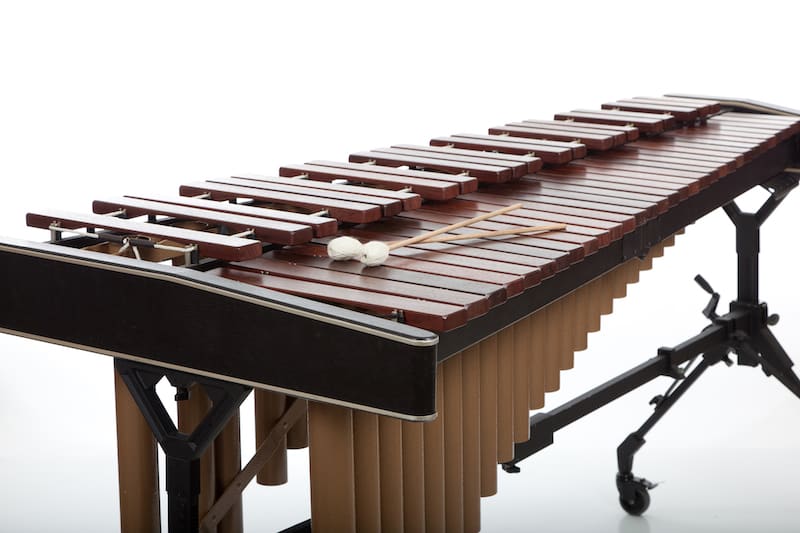
It's quite common to confuse xylophone with marimba, but you should know better than that.
The Xylophone has thick bars that are usually made from hardwood and produce shorter but much sharper notes than the marimba. This is why musicians often use both instruments together to create a more varied and textured tone.
At one point in the 17th century, instrumentalists from Africa came to Central America, where they introduced the xylophone. With the influence of the culture there, this instrument has undergone some modifications and is known as the marimba. Today, marimba is still quite popular throughout Mexico and Central America. In Guatemala, it is considered the national musical instrument.
6. The first evidence of Xylophone dates back to the 9th century
Although it is believed to be much older, the first real evidence of the existence of the xylophone was found in Southeast Asia in the 9th century. Because of their primitive nature, these instruments are essentially mechanical. The version is a series of wooden sticks that the player places across their feet. Over time, the original design began to evolve and it featured the addition of resonators at the bottom of the bars to increase the life of the generated notes. Originally, resonators were hollow gourds.
7. Xylophone really developed in the 14th century
The popularity of the xylophone spread at the beginning of the 14th century, as percussion instruments became more widely known. Over the following hundreds of years, the xylophone existed in many varieties because the instrumentalists used different materials to make it, for example, natural rubber and bamboo. As a result, many variations of the xylophone came into being, and some of these variations persist to this day. Some of the most popular versions of the xylophone include the marimba, mbila, gambang, and gyil.
8. The xylophone was popular in Europe through the crusades
No one knows the exact date, but it has been established that the xylophone first appeared in Europe at a certain time during the Crusades. Since its introduction, the xylophone has become an integral part of folk music, making it increasingly popular. This does not disprove the fact that these instrumental versions are still quite basic and lack a resonator. A variety of later xylophone designs were developed in Europe, including creations by Michael Josef Gusikov. It consists of a four-row instrument whose notes resemble a piano.
Gusikov's xylophone was an important step towards the birth of the modern xylophone. Not only was he an excellent virtuoso, but he also introduced the audience to this instrument through a concert in Europe.
10. The modern Xylophone was created in the 19th century
The modern xylophone, also known as the orchestral xylophone, was first introduced in 1886 when Albert Roth revealed his idea of having a two-row xylophone fitted with colored patterns for the musical instruments. music note. From that point on, the xylophone as we know it today was created and quickly became a popular instrument in many orchestras and theatrical performances.
In 1903, the American company John Calhoun Deagan began mass-producing these xylophones. Soon, the modern xylophone was present in most orchestras.
11. The xylophone bars come in different versions
The construction of the bars of a xylophone is as fascinating as the history of the instrument itself. In terms of material, they are usually made from Kelon – a type of fiberglass or rosewood. The rods of the xylophone are also of different lengths, resulting in the production of different sounds.
For example, longer xylophone bars produce lower notes while shorter xylophone bars produce higher notes. The bars of a xylophone are tied together and held in place with strings, but they still have enough room to vibrate when you strike them with the mallet to create sound. Each bar has a resonator underneath to amplify the sound.
12. The scale system of the xylophone depends on its origin
Yes, xylophones are adapted to different scale systems according to their origin. Such scales include chroma, diatonic, pentatonic, or heptatonic. As a rule of thumb, the measures of a xylophone are arranged from low notes (longer bars) to high notes (shorter bars).
13. The mallet used affects the sound produced
Mallets are not created equal, they are made of different materials, each of which makes a sound with different characteristics.
In general, the xylophone is played with mallets made of materials such as acrylic, poly, or rubber. For a softer effect, mallets made of medium to hard rubber or very stiff core yarn are used. To create a softer sound on a xylophone, musicians often use wooden-tipped mallets made from hardwoods such as ebony, rosewood, or birch.
14. Xylophone is the "father" of Vibraphone
The Xylophone is considered a precursor to the invention of the vibraphone – an instrument that was first built in the 1920s. However, it was not until the 1940s that the vibraphone became a popular instrument. Before that, bands in this musical style used to use xylophones. By 1970, once again, the xylophone was gaining popularity.
15. Xylophone debut in orchestra in 1893
In 1893, the xylophone first appeared in an orchestra. It is used in the German composer Engelbert Humperdinck's opera Hansel and Gretel.
